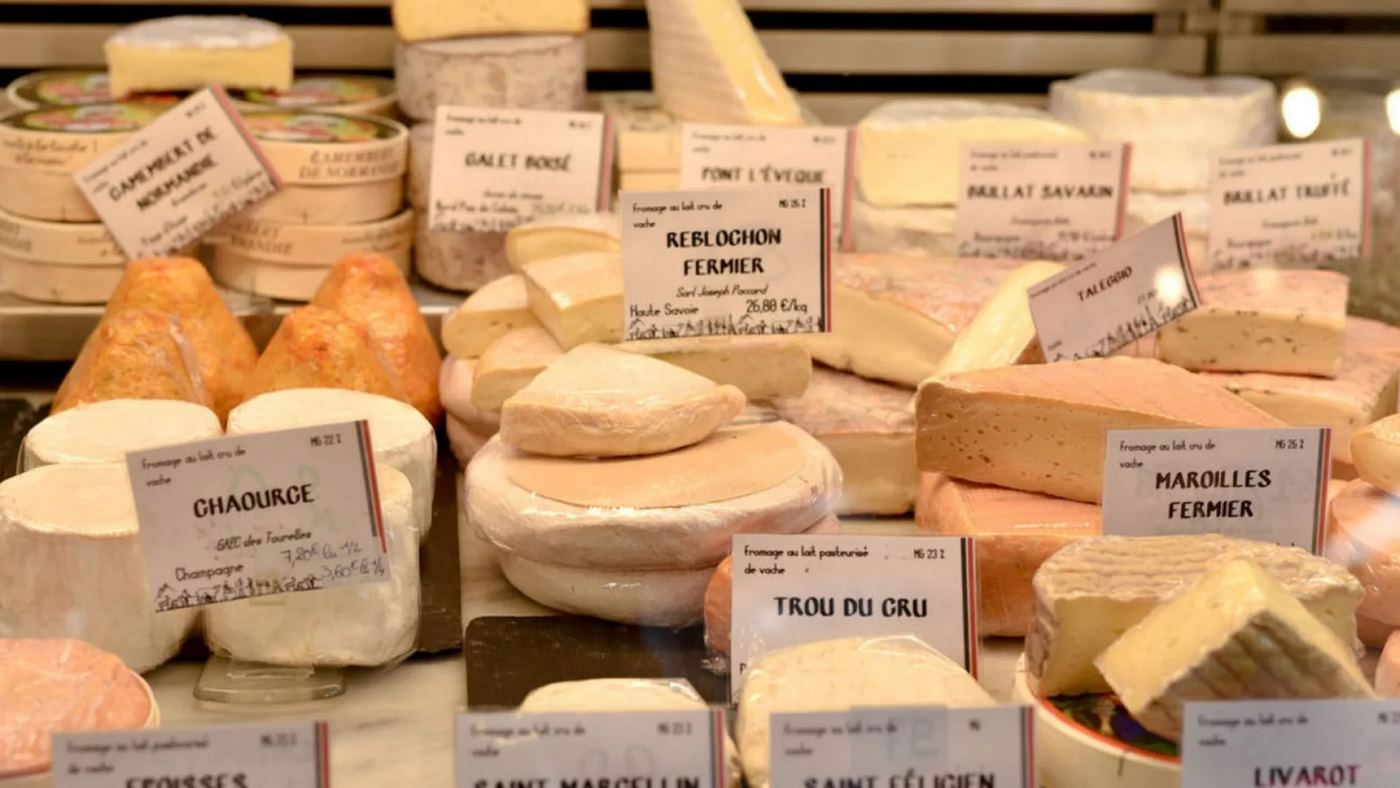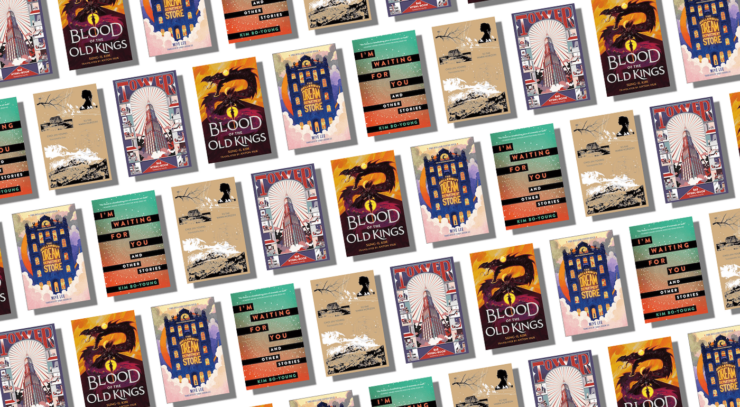
reactormag.com
Five Works of Korean SFF in Translation
Books
SFF in translation
Five Works of Korean SFF in Translation
A romance complicated by relativity, a building that is literally its own country, a near-future pandemic, a glamorous department store that sells dreams, and a righteous rebellion against a necromantic…
By Anton Hur
|
Published on July 17, 2024
Comment
0
Share New
Share
Nothing annoys me more than a book with lukewarm speculative elements that’s labeled “literary speculative fiction” in a kind fence-straddling manner meant to appeal to literary fiction snobs who feel disdain toward genre fiction—that’s genre-baiting! That is not cool! You are never going to convince me that Hwang Sok-yong writes “speculative fiction” no matter how many ghosts he puts into a novel!
No. I want spaceships and dragons and women in Ellen Ripley jumpsuits carrying huge Ellen Ripley guns, I want science fiction and fantasy, goddammit.
Here are my five favorite works of Korean SFF in English translation.
I’m Waiting for You by Kim Bo-youngTranslated by Sophie Bowman and Sung Ryu
I will never forgive the Anglosphere for sleeping on this incredible book when it came out in English translation. The book is essentially two very different novellas put into a single book, with the titular story being a science fiction story of a young engaged couple who are trying to reunite on the same planet so they could get married and start their lives but keep running into relativity snafus. I wonder if it’s meant to be an allegory of the division of the Korean peninsula, with families torn apart for what they thought would be a brief time and are still waiting to this day to be reunited (over seven decades and counting). Oh, and the other novella is a mythical fantasy story about cosmic creation that simply blew my mind.
Tower by Bae Myung-hoonTranslated by Sung Ryu
What if there was a building so big and tall that it was literally its own country? The book is a work of witty political satire, yes, but it also surprises with its emotional heft and resonance, thanks to some extremely real and down-to-earth characters. Sometimes I wonder if this novel was too smart for the Korean readership at the time as it did not make much of a dent when it was first published and soon went out of print. Translator of legend Sung Ryu (who literally translates legends and is also legendary) fished it out of a pile at a used book store, fell in love with it, and made it her personal mission to give it a second life in English. Proving how every book is a miracle and a translated book even more so.
To the Warm Horizon by Choi Jin-youngTranslated by Soje
Reading this dystopian novel is a bit like reading Octavia Butler’s The Parable of the Sower or Hilary St. John Mandel’s Station Eleven—books that in retrospect seem eerily prescient. This sharply written and concisely translated story is about a near-future pandemic that leaves humanity devastated and distrustful, in the midst of which two young women find love in each other (but not before a series of horrific events). While the book was released during the COVID-19 pandemic, the Korean novel was written just a couple of years before that, and the translator Soje was working on it way before the entire world started associating “corona” with a virus instead of beer.
The Dallergut Dream Department Store by Miye LeeTranslated by Sandy Joosun Lee
What if dreams were sold in a glamorous department store that you could go shopping in, or better yet, you could work for? I love quirky, cozy fantasy stories about interviewing for jobs, getting along with co-workers, serving customers, but like, fantasy jobs and fantasy co-workers and fantasy customers. There’s something about heightening the quotidian mundane into something fantastic, it makes the world around us come alive and the imagination sing, like how a caricature or animation of a thing is somehow more vivid and intense than the thing itself. Clearly, I’m not the only one who feels this way; if you live in Korea, you will see this book everywhere, and now you can read it in English!
Blood of the Old Kings by Sung-il KimTranslated by Anton Hur
Did you really think I could write an article about Korean SFF in translation without mentioning at least one of my own books? When Tor contacted me out of the blue about translating this novel about a righteous rebellion against a necromantic empire, I immediately began to scream my head off—Tor! Every sci-fi geek’s dream publisher! I absolutely fell in love with this book because of its epic scale, its thriller-like pacing, and its slew of powerful women characters (my favorite trope) doing incredibly courageous things. I have never had so much fun translating a book, ever, and I can’t wait until readers get to pick it up this fall. Some extra good news: it’s a trilogy!
[end-mark]
The post Five Works of Korean SFF in Translation appeared first on Reactor.

















